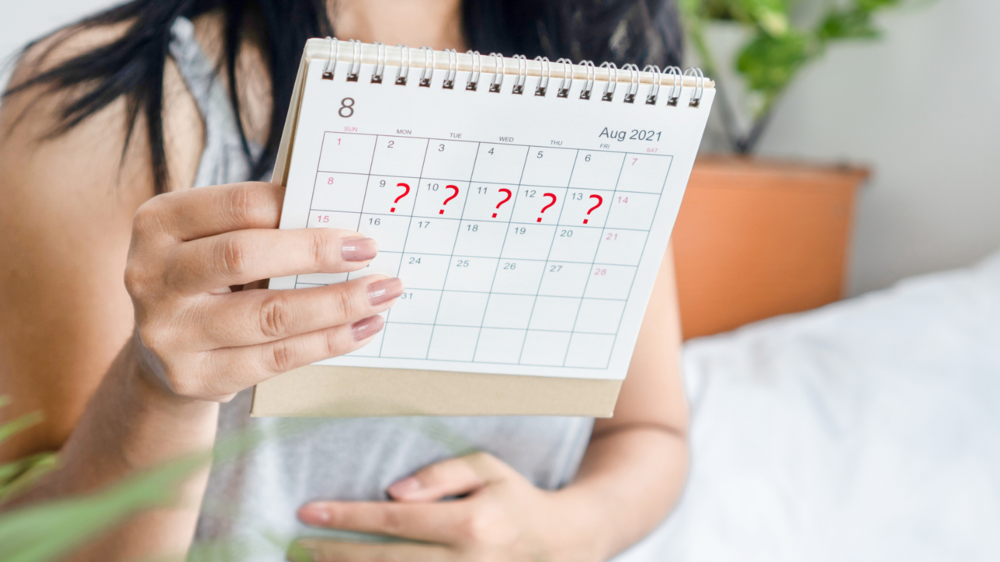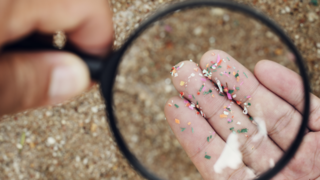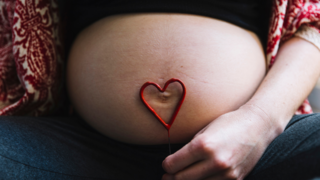In this article:
Studies show:
- Ovulation happens on Day 14 in only about 10 per cent of women.
- Over 70 per cent of people ovulate either before Day 10 or after Day 17.
Put simply, your body doesn’t always stick to the textbook. So if you’re using the “Day 14” rule to get pregnant or avoid it, you might be a bit off without even realising.
Why Ovulation Timing Varies From Person to Person
Even if your periods seem regular, ovulation can still change from month to month. This can happen because of things like:- Stress
- Travel
- Changes in sleep or diet
- Recent illness
- Weight fluctuations
- Hormonal imbalances or health issues such as PCOS and thyroid disorders
Understanding your true fertile window
The fertile window usually lasts six days:- The five days before ovulation
- And the day you ovulate
Why the Day 14 rule still lingers
There are reasons why Day 14 is still mentioned:- It makes a complicated process feel easier to understand
- It gives a basic starting point for natural family planning
- It’s built into most period tracking apps and learning tools
- Make you try for a baby at the wrong time
- Make it take longer to get pregnant
- Make you think you’re safe from pregnancy when you’re not
How To Track Ovulation More Accurately
Instead of guessing one fixed day, it’s better to watch your body’s natural signs. Here are a few easy ways to do that:1. Cervical mucus monitoring
As you get closer to ovulation, you might notice your discharge becomes clear, stretchy, and slippery, kind of like raw egg whites. That’s a sign your body’s at its most fertile.
2. Basal Body Temperature (BBT)
Your body temperature goes up just a little after you ovulate. If you check it every day, you’ll start to see a pattern and know when ovulation has happened.
3. Ovulation Predictor Kits (OPKs)
Ovulation test kits look for a rise in a hormone called LH. This rise usually happens a day or so before you ovulate, about 24 to 36 hours. So it’s a really handy way to spot your most fertile days.
4. Ovulation pain or discomfort (Mittelschmerz)
Some people feel a small cramp or a little pinch on one side of their tummy when they’re ovulating. It doesn’t happen to everyone, but it’s another sign you can look out for.
5. Cycle tracking apps with data inputs
Apps can be helpful, but only if you’re also tracking real signs like your mucus changes or ovulation test (OPK) results. Just putting in dates isn’t always enough.
Why Getting It Right Matters
Tracking ovulation isn’t just for boosting your chances of getting pregnant. It also:- Makes you feel less stressed about timing and guessing
- Can show if something’s not quite right with your cycle
- Helps you make smart choices about birth control and your reproductive health
FAQs on Is Ovulation Really on Day 14? Maybe Not
- I have a regular 28-day cycle. Can I still ovulate earlier or later than Day 14?
Yes. Even people with regular cycles can ovulate before or after Day 14. Research shows that ovulation occurred exactly on Day 14 in only 10 per cent of 28-day cycles. - Does irregular ovulation mean I am less fertile?
Not always. Irregular ovulation can make it trickier to know when you’re fertile, but it doesn’t mean you can’t get pregnant. If you’re not sure what’s going on, having a chat with a fertility doctor can really help clear things up. - Can I rely on apps to tell me when I am ovulating?
Apps can be useful for spotting patterns over time, but they shouldn’t be your only method. It’s better to use them along with signs like changes in cervical mucus or ovulation test (OPK) results. That way, it’s more accurate. - Is multiple ovulation possible within one menstrual cycle?
You cannot ovulate twice in one cycle. However, sometimes your body may prepare to ovulate more than once, especially if the first attempt was unsuccessful. This can shift your expected ovulation day.






